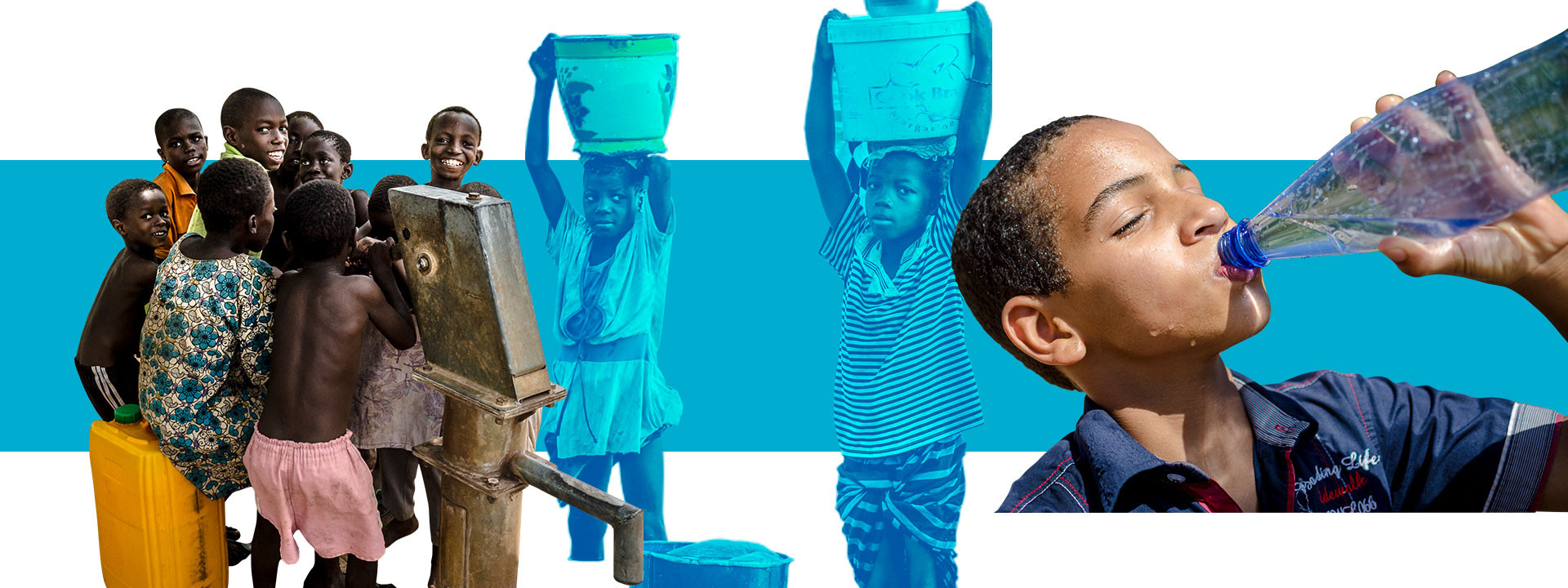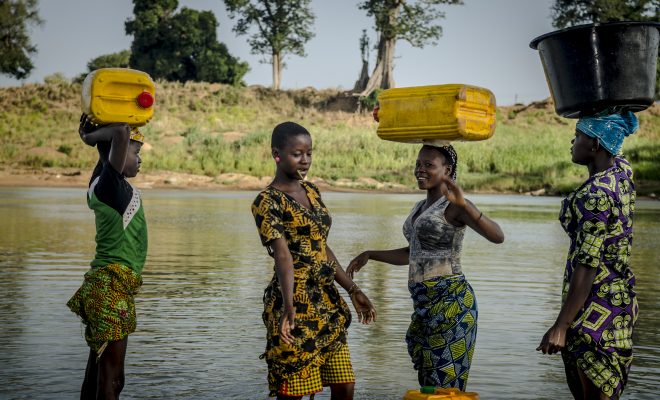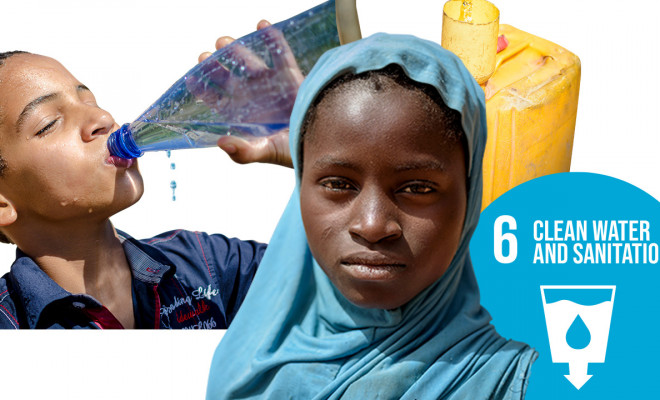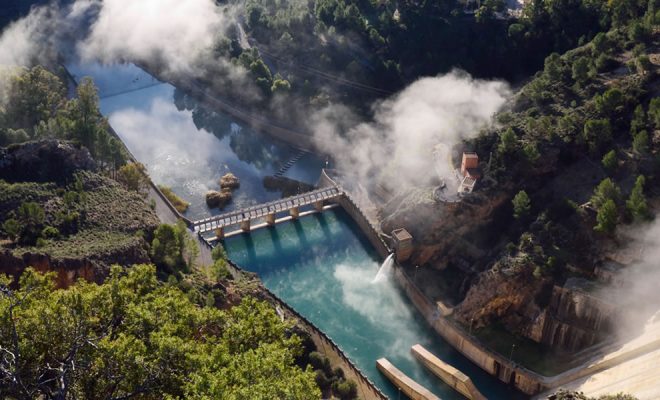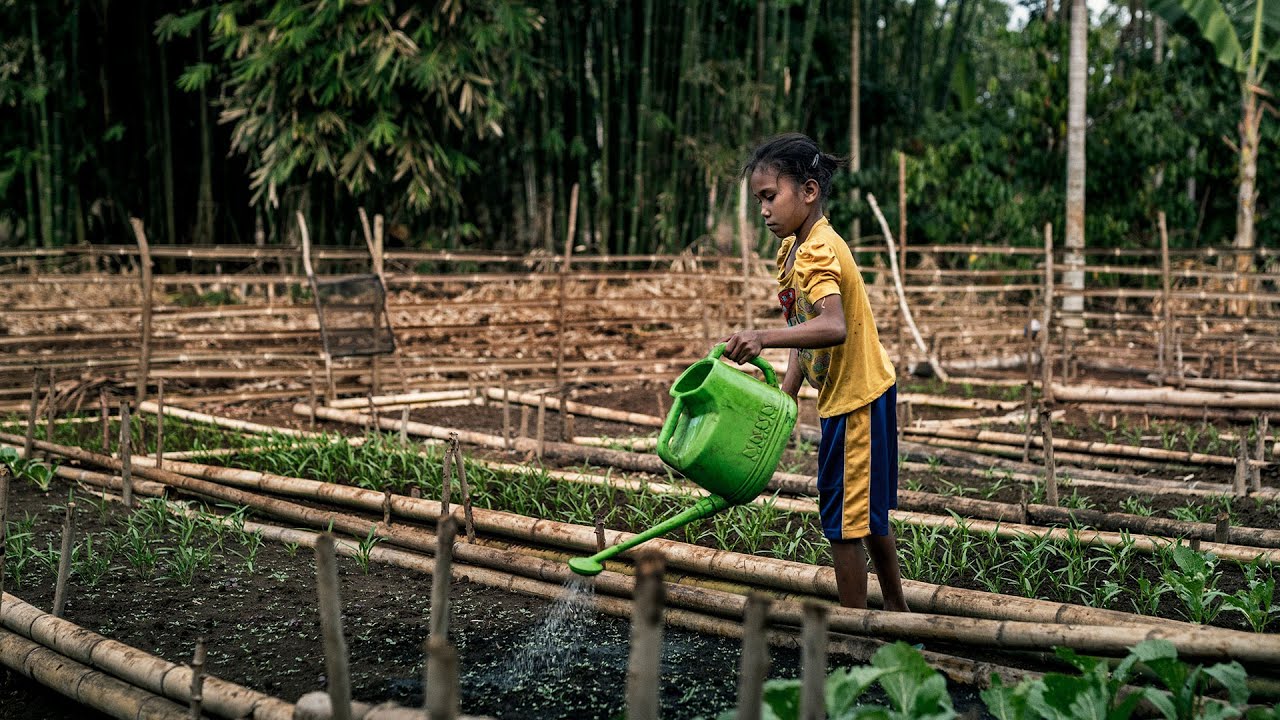
Economists claim that the price of a good is what one pays for it, while its value is what one receives when using it. Historically, the difference between both concepts has been one of the most confusing economic issues and has caused the most significant social and political controversy. In the case of water, this dichotomy finds its extremes: water is a good with a very high value, as no one could survive without it; however, in the industrialized world, we pay a much lower price than other goods that are not essential for life.
Value has a subjective connotation that depends on personal, climatic, and social factors. Water is not worth the same to a farmer as to someone living in a city, nor is it worth the same to someone living in Scandinavia as to a nomad in the Sahel. Many people are unaware of the value of the environment around them and the water that sustains it. And many others are unaware of the importance of the water cycle, which is the great driving force of nature on which we all depend and the element that maintains the environment as we know it.
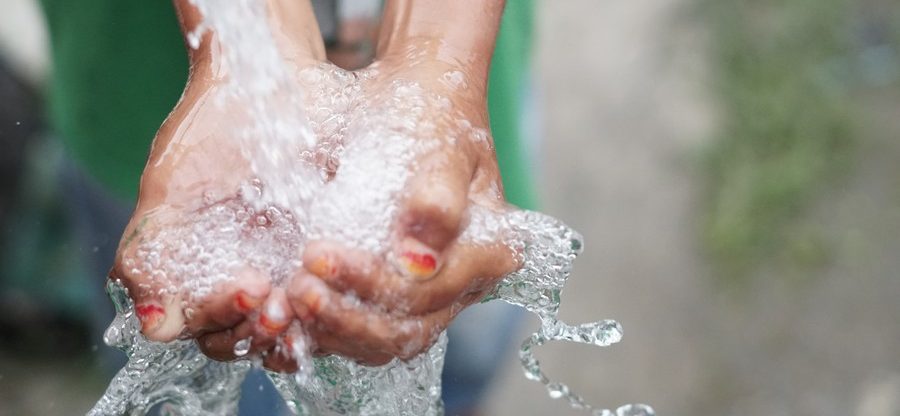
Solving the dichotomy between the value and price of water is essential to face a future of significant water risks © Carlos Garriga/ We Are Water Foundation
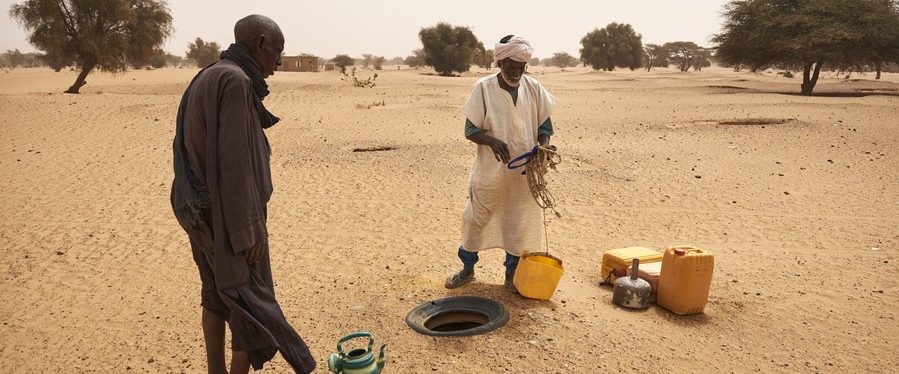
Water is not worth the same to a farmer as to someone living in a city, nor is it worth the same to someone living in Scandinavia as to a nomad in the Sahel. © Carlos Garriga/ We Are Water Foundation
The price of water: from actual costs to emotions
Water is a natural resource and therefore belongs to everyone, but its supply, quality, and environmental balance require infrastructures and technology, which generate a cost that has to be paid. At what price?
This issue, which is vital for humanity, was one of the discussion topics at the World Majlis | The Price of Water on March 22nd, World Water Day, at the Expo 2020 in Dubai with the participation of our director, Carlos Garriga, along with an international panel of experts made up of Asit K. Biswas, Samer Aljishi, Jamila Bargach, David Hannah, Susan Moisio and Abishek S Narayan. The debate, which addressed this issue from the technological, environmental, and water management perspective, was moderated by John Defterios.
The context of water access and sanitation is changing rapidly. By 2030, water demand is expected to exceed available supply by 40%. Overpopulation, environmental degradation, and the climate crisis increase the value of water by the day. But what about the price?
More than 70% of the planet’s water is for agriculture, a sector directly linked to governance and very sensitive to management changes. For Singaporean Professor Asit K. Biswas, pricing agricultural water is always a problematic issue: “I don’t know of any country that prices agricultural water. And once a government has started subsidizing farmers, it is challenging to withdraw this subsidy.”
The conflict between water for agriculture and domestic and industrial use is international. U.S. engineer Susan Moisio pointed out that we do not value different types of water equally and gave the example of California’s notable water stress: “We classify water as drinking water, wastewater, runoff water, and groundwater, and we have different approaches in each case. We don’t value it as one water, and what is happening with the alarming lack of water in California forces us to think that we need to change the approach.”
However, we all assume we must pay for water. The price of water is implicit in the concept of access to water that is part of the UN’s declaration of the human right to water. Target 6.1. of SDG 6 reads: “To achieve universal and equitable access to safe and affordable drinking water for all.” “Affordable” implies that paying for services does not represent a barrier to access, nor does it prevent people from meeting other basic human needs, such as going without food or homelessness. In this regard, the UN states that water bills should not exceed 3% of the household budget.
However, this condition is not met in many developing countries. Carlos Garriga pointed to the case of Port Moresby, the capital of Papua New Guinea, where 50 liters of water —the daily amount recommended by the WHO for human needs— cost 1,84 pounds, which is more than 50% of the earnings of a family with the lowest income. “To have an idea of the inequality this represents,” Garriga declared, “in England, these 50 liters cost 0.07 pounds, which is 0.1% of the average earnings of the households with the lowest incomes.”
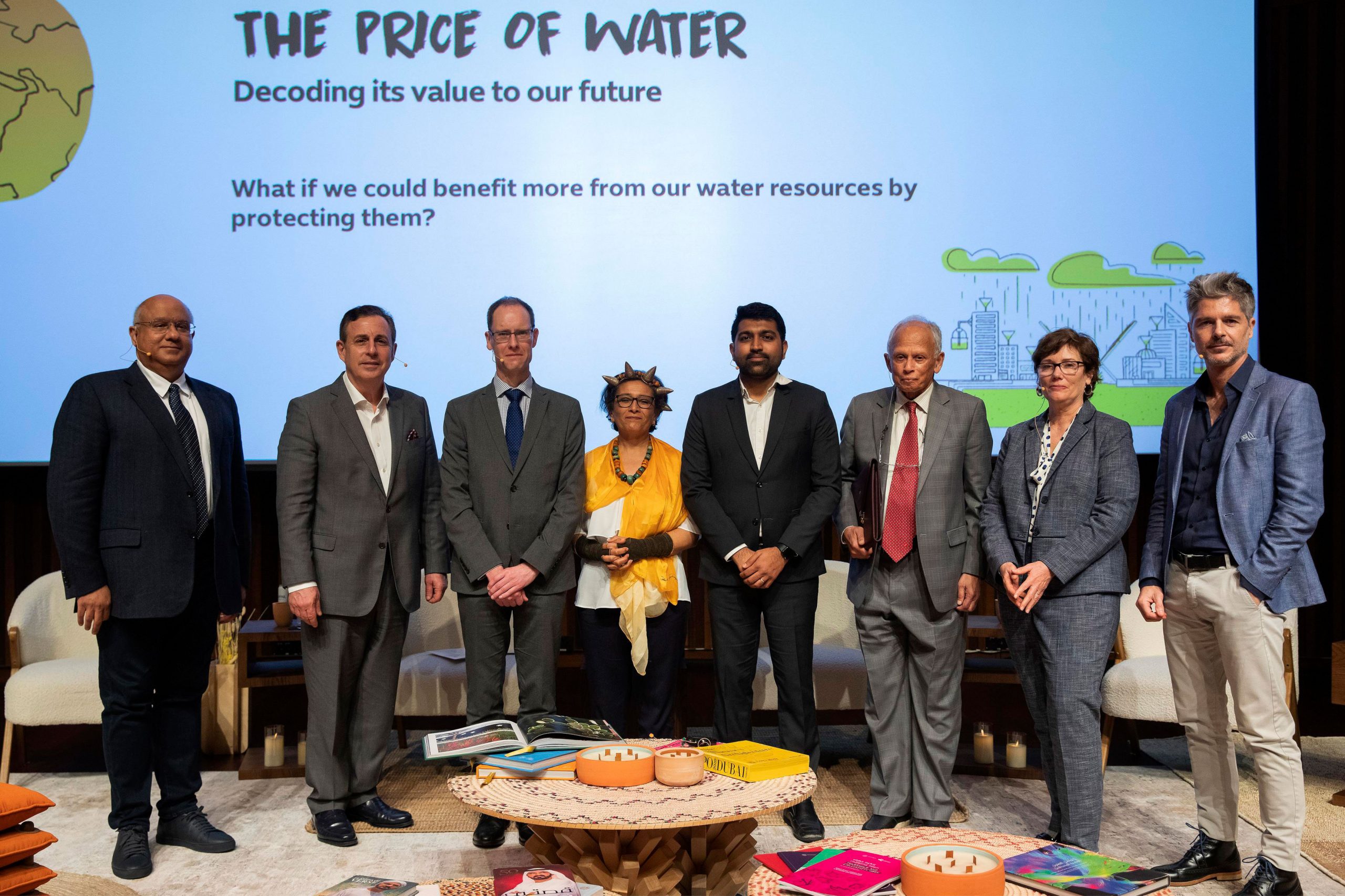
How about calculating the cost of not having water?
Determining a fair price for water is a complex process as it involves multiple factors linked to the cost of the whole water cycle process: it is the price of capturing it, collecting it, cleaning it, purifying it, transporting it, using it, treating it, recycling it again and returning it to the environment.
Abishek S Narayan, an expert in water and sanitation at the Sustainable Sanitation Alliance (SuSanA), proposed changing the focus of the question: “What is the price of not having water? 500,000 children below the age of five die every year due to a lack of drinking water. We should ask ourselves what cost young people will bear in a world without safe water.”
The cost of not having water covers situations that are generally not taken into account in developed economies. Carlos Garriga provided data showing the enormous human and economic cost of not having access to water at home: “Around 125 million hours a day are spent collecting water worldwide. In sub-Saharan Africa alone, mostly women and girls spend 40 billion hours per year walking to fetch water. It is the equivalent of a year’s work for the working population of a country like France.”
The cost of more than 80% of wastewater going untreated is also enormous. Samer Aljishi, president of BFG International, mentioned a study that puts the annual global cost of not treating water at USD 220 billion.
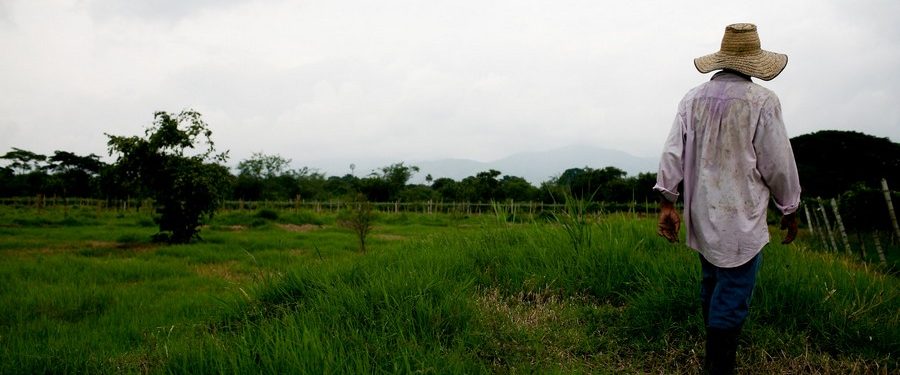
More than 70% of the planet’s water is for agriculture, a sector directly linked to governance and very sensitive to management changes. © Charlotte Kesl / World Bank
Natural capital is missing from the equation
The concept of natural capital wasn’t introduced into economics until the 1990s. Natural resources and ecosystems were to be seen as means of producing goods and services and therefore had an economic value in themselves and had to be preserved. Over time, the new green economy has finally imposed itself as an international roadmap with the principle that natural capital was irreplaceable in terms of sustainability. In other words, environmental costs must be taken into account, and in the case of water, its deterioration has dire implications.
David Hannah, Professor of Hydrology and UNESCO Chair in Water Sciences at the University of Birmingham, highlighted the importance of incorporating the concept of natural capital. He stressed that the dichotomy between the value and price of water is relativized by considering the cost of biodiversity and its relationship with water: “We must be aware of the environmental value in terms of the services it provides. We must not only consider the social aspects or the production of goods. It isn’t straightforward, but we have to do it. Climate change is forcing us to do so, as the cost of droughts, floods, and rising temperatures will increase dramatically. Environmental conservation has to be a part of the debate.”
Improving management, an unavoidable first step
All panelists agreed that the water problem was fundamentally a management problem. Asit K. Biswas pointed out that 65% of water problems in countries like India and Mexico could be solved without extra money, just with efficient management.
Proper management involves good agricultural, urban, and industrial planning for access to water and sanitation. Abishek S Narayan presented the promising experiences of decentralized water and sanitation systems that eliminate transport costs and enable better recovery of valuable waste: “Decentralized systems allow for the development and implementation of new technologies and also bring back the idea of circularity. They also involve people more and make them more aware of its value, as it is ‘their’ water.”
In this regard, Samer Aljishi pointed out that there is more than enough technology to decentralize water treatment: “We have the technology to develop a closed system disconnected from the mains to treat water at the source at whatever level of quality is needed. But there is a problem with international regulations that don’t allow you to do it in small facilities.”
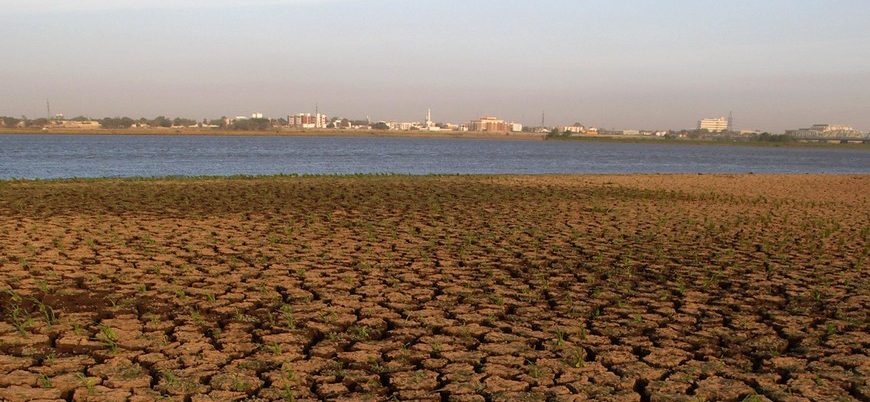
Overpopulation, environmental degradation and the climate crisis are increasing the value of water day by day. © Arne Hoel _ World Bank
Involving people in the water cycle
There was also unanimity on the importance of general awareness of the significance of the water cycle. David Hannah highlighted the result of a study on the perception of the water cycle among school children. They found that only 15% of educational graphics on the water cycle had people in them; only 2% referred to climate change, and only 2% referred to pollution. “School children perceive that there is more water than there really is,” he said. “We have to represent the water cycle with people being a fundamental part of it. We have to get everyone to understand the debate about the environment and its relation to water.”
Citizens in industrialized countries are generally used to paying little for water, and any move to increase the price of water is very unpopular. This attitude is usually accompanied by a lack of awareness of the cost of every drop of water that reaches the household.
It is clear that to balance the dichotomy between the value and price of water, a rational framework based on citizen knowledge needs to be created in civil society to address the perennial conflict between public and private, and to achieve a fair partnership between the two sectors, as advocated in SDG 17, to ensure that the right to universal access to water and sanitation is fulfilled.
The problem is complex, but the solution is urgent.


